State of Digital Accessibility in Higher Education
Concept3D recently conducted a survey to assess the perception of both current college students and higher education professionals with regards to digital accessibility on their campuses. We asked the important questions, and survey respondents gave us honest, and eye opening, responses.

The data is clear. College students, along with those working on college and university campuses, believe strongly that accessibility should be a priority and campuses should invest in order to attract and support students with special needs.
- 55% of current college students and 64% of higher education professionals either have a disability or know someone close to them who has a disability.
- Almost 80% of both students and professionals believe digital accessibility should be a priority.
- 50% of students and 40% of professionals believe their own institution is not doing enough to support digital accessibility.
- 1 in 2 students, and 1 in 3 professionals, believe that their college or university talks about digital accessibility but doesn’t take any action.
- Almost half of both groups believe there are too many barriers for students with disabilities, indicating that access to resources should be easier than it is now.
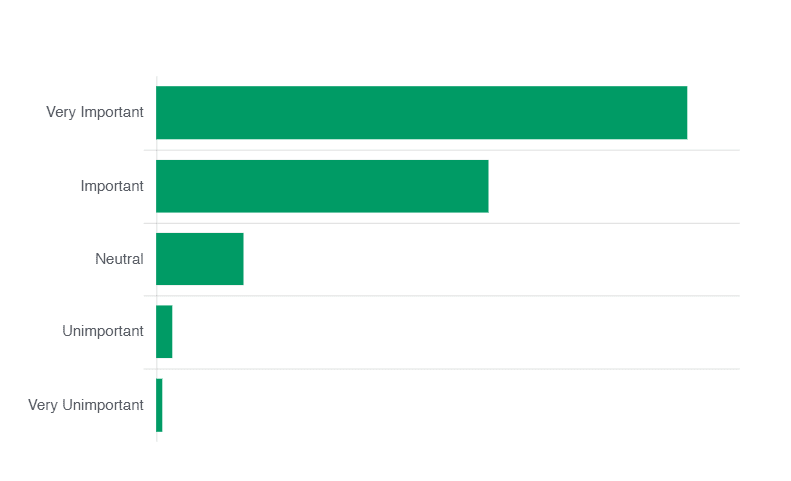
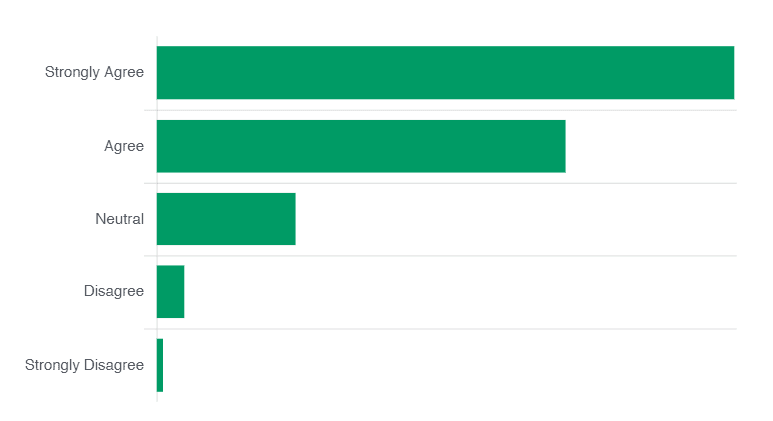
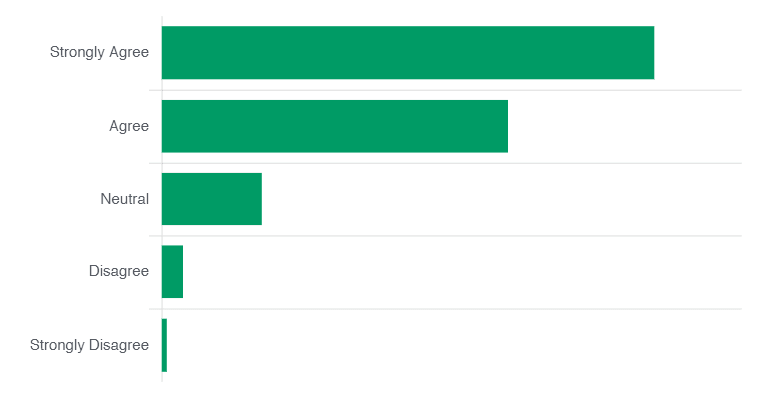

Do students with disabilities have to make requests for accommodations or are they readily available on campus? Half of respondents believe that to be true. However 45% of respondents feel that accessibility tools and features must be requested, with another 5% of respondents indicating that their school makes no effort to provide accessibility tools or features.
- Digital accessibility is an important priority at my school and action is taken to improve the digital platforms students use – 56.2%
- My school talks a lot about digital accessibility but does not take action to improve the digital platforms students use – 28.4%
- Digital accessibility is a low priority at my school, limited or basic actions are taken to improve the digital platforms students use. 13.2%
- Digital accessibility is not a priority at my school, no or limited actions are taken to improve the digital platforms students use. 2.2%

“If there was a way to help them without making them feel too dependent on a person such as developing technology that would fit for them to at least get them around. Wether it be a self driven chairs, or talking navigator that has the blue print of the entire school like a gps.”
Anonymous Student, Canyon Idaho University
Want to see more quotes from students about accessibility?
Click the button below to download the full accessibility report. This 19-page PDF further breaks down perceptions of students and higher ed professionals, quotes, what’s available, and the next steps for creating an accessible campus!
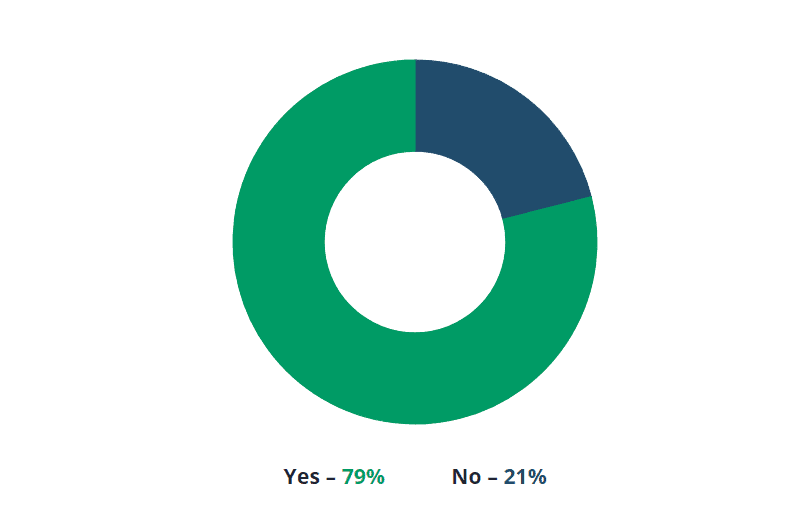
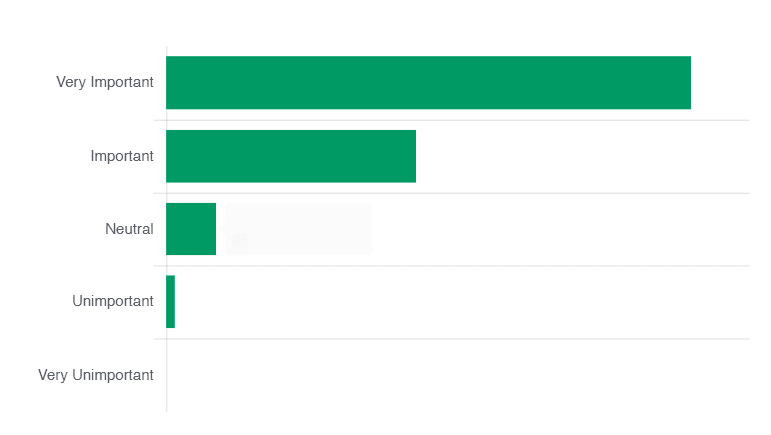

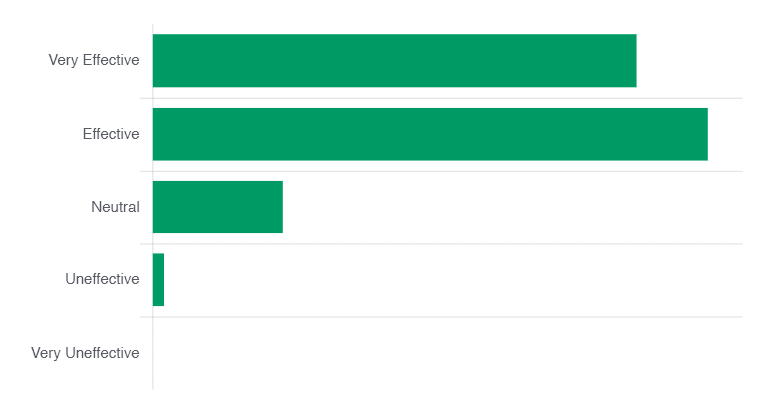
- 73% – Digital accessibility is an important priority at my school and action is taken to improve the digital platforms students use.
- 12% – My school talks a lot about digital accessibility but does not take action to improve the digital platforms students use.
- 12% – Digital accessibility is a low priority at my school, limited or basic actions are taken to improve the digital platforms students use.
- 3% – Digital accessibility is not a priority at my school, no or limited actions are taken to improve the digital platforms students use

Less than half of faculty respondents feel that their college or university takes a proactive approach to digital accessibility. The majority of respondents feel that accessibility tools and features are available to students who request them.
- My School Takes a Proactive Approach – 46%
- My School Makes Accessible Tools Available – 47%
- My school does not make any effort to provide accessibility tools and features to students with disabilities 7%
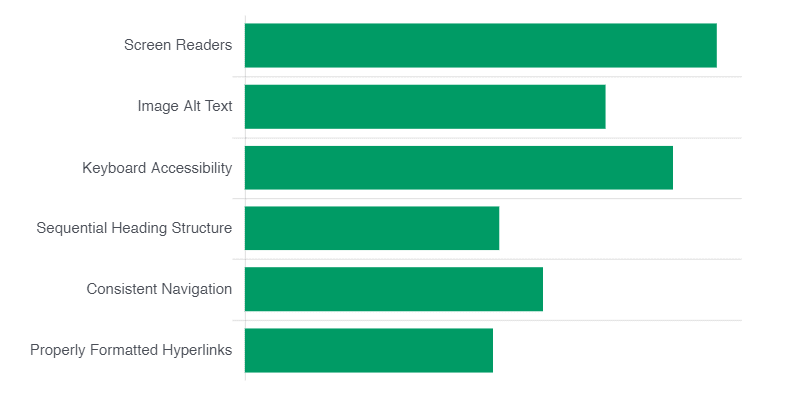
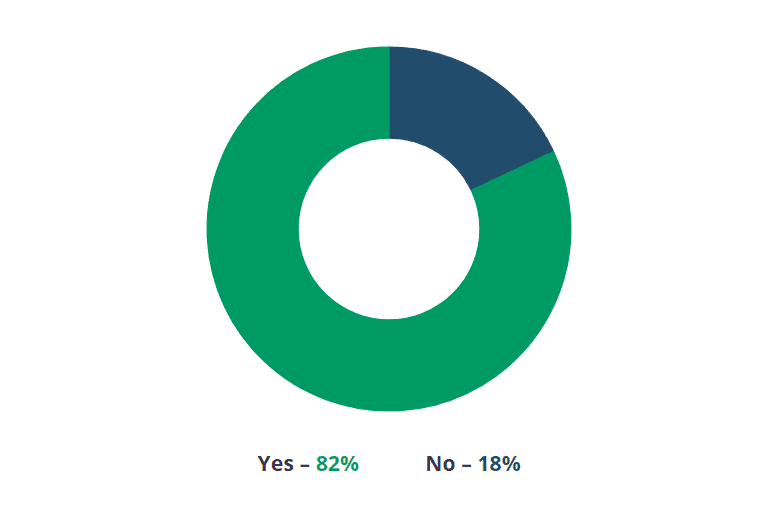
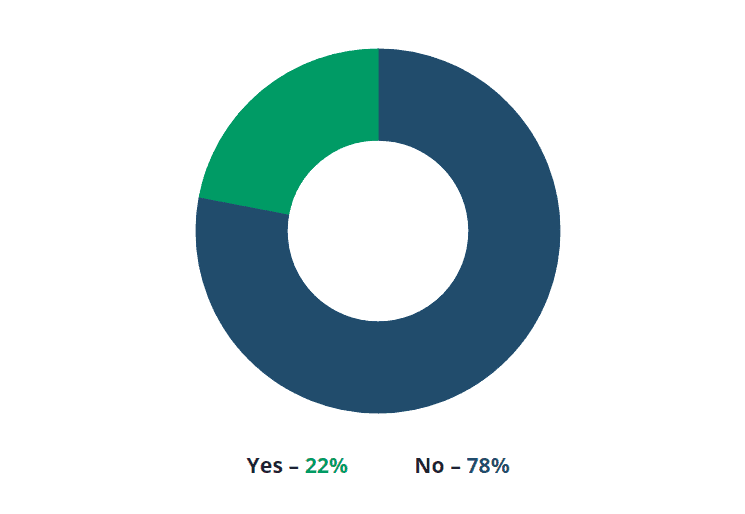
“We have a digital campus that has no barriers anywhere. It offers student experience”
“Our school will organize video talks and activities to raise the awareness of students with disabilities on the use of technology and encourage them to actively participate in the digital age so that they can better interact with society.”
“Our accessibility department uses the latest technology and works in conjunction with IT Services to keep up on new products and information.”
“I feel that much of what my school has learned in term of improving access barriers has no practical application.”

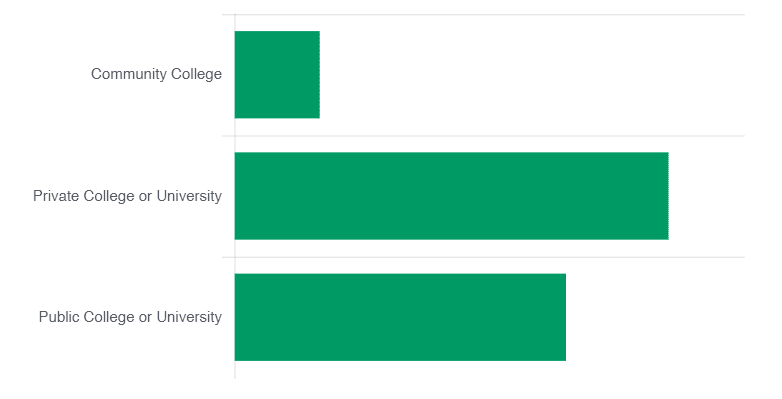
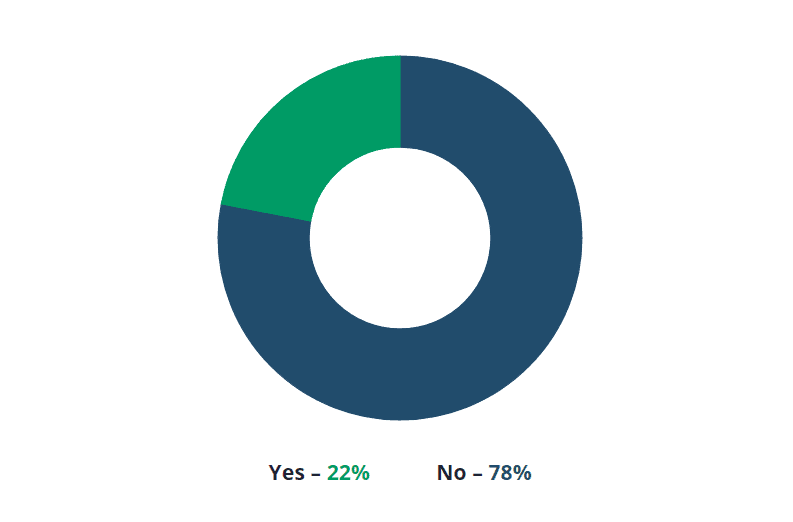
Want to see more quotes from students about accessibility?
Click the button below to download the full accessibility report. This 19-page PDF further breaks down perceptions of students and higher ed professionals, quotes, what’s available, and the next steps for creating an accessible campus!
Seeing is believing.
See our technology come together in one seamless experience.

